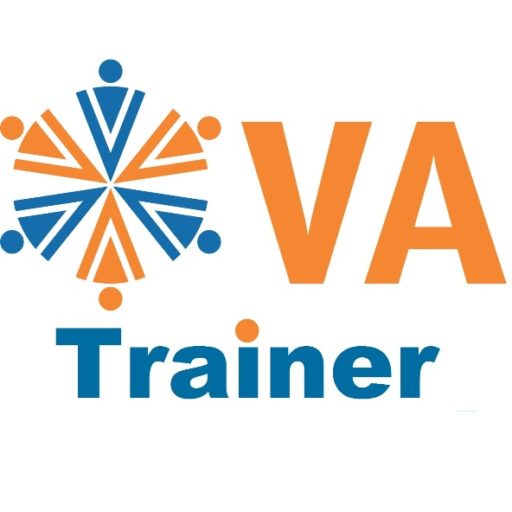This is the question that most VAs ask when starting out, or after being questioned by prospective clients about their rates. One of the most important things any VA must do is the homework to work out rates that are right for them (not for the client) relating to their experience, their cost of living and their home currency. It’s no good adopting a rate or fee that another VA is charging if your background experience and your cost of living doesn’t match. And for most of us it is vastly different, so here’s a formula that is designed to help you work out rates that are right for you.
This is based on a 38 hour working week but you can adjust it according to your own country standards.
| Public Holidays | 12 days | 92 hours | (you need to check for |
| Annual Leave | 20 days | 152 hours | (your country the |
| Long Service Leave | 4.3 days | 33 hours | (correct figures here) |
| Sick Leave | 10 days | 76 hours | |
| Accident Cover | 3% | 60 hours | |
| Superannuation | 10% | 198 hours | |
| Professional Indemnity | 3% | 60 hours | |
| Misc. Leave (family, injury, etc) | 3 days | 23 hours | |
| Professional Development | 5 days | 38 hours | |
| Termination/Redundancy | 5 days | 38 hours | |
| TOTAL | 770 hours |
Thus your hourly rate should be calculated as 1980 hours (38 hour week for a full year) less 770 hours = 1210 hours. So, if you are aiming for a regular income of say $35,000 your rate would be $28.92 per hour for your base rate. Obviously more in depth jobs should be charged at a greater rate, thereby increasing your annual income. Don’t forget to add for costs such as stationery, postage, and phone bills. But this should give you some guidance in quoting for your work.
You would be wise also, to use the above to help calculate how much you should put away for leave, otherwise when you aren’t working, after having developed your business, you’ll have nothing to live on!
This is just one-way to perform a calculation for your basic hourly rate and you may well come across other ways to work out rates suitable for you. The good thing about this formula is that you start with what would be an appropriate annual wage in your geographical location, thereby keeping in line with the cost of living in your area.
The important thing to remember is to not over price your work, nor under price yourself or your competitors—you do yourself a disservice and will find it very difficult to bring your rates up to what would be appropriate to cover your expenses without losing clients.
Want to learn how to become a VA? Then sign up for our course here at this site.

